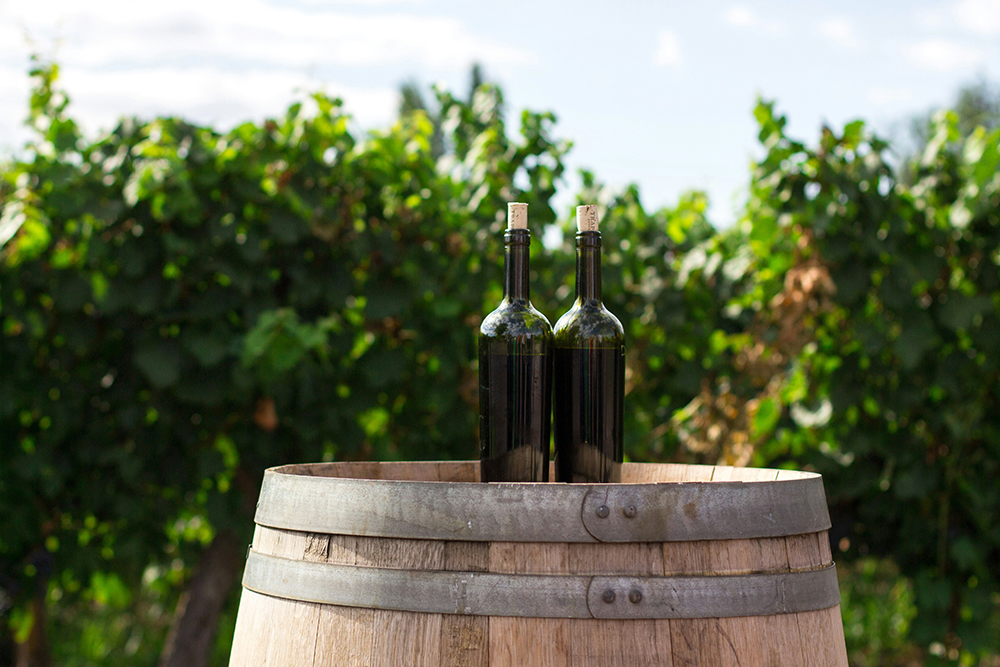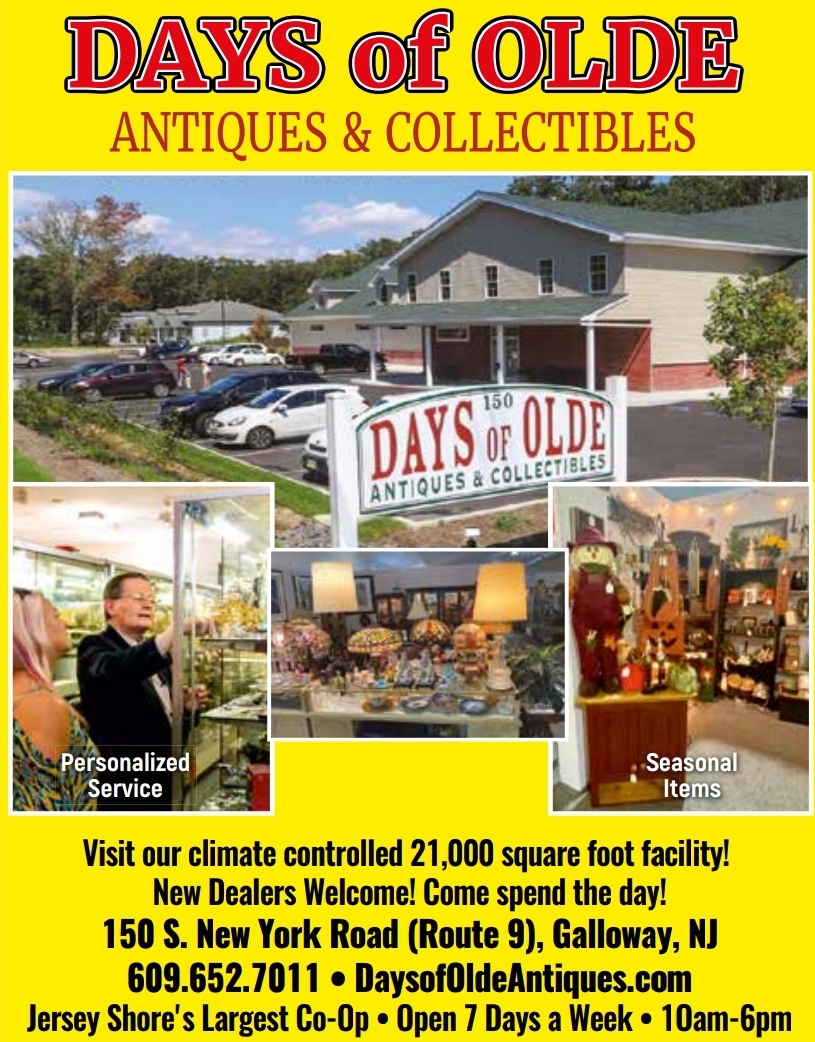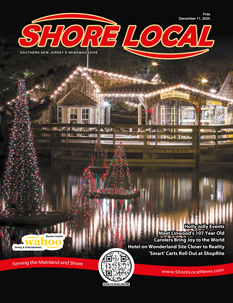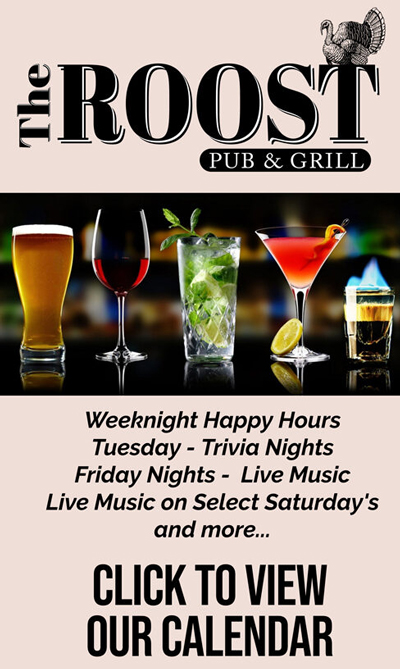Drink Up!
By David Setley
Though the majority of wines on the market today qualify as dry, that has not always been the case. In the ‘70s and ‘80s, most Americans preferred sweeter wines. In the 1980s, the best-selling wine here was White Zinfandel, the blush-colored sweet wine that legend tells us was mistakenly created by Sutter Home Wines in California. It wasn’t until the mid-1990s that America’s wine preference began shifting to dryer wines. Let’s take a look at what makes wine sweet or dry.
One of the four major components in wine is something called residual sugar (RS), which is the determining factor of what makes wine dry, sweet, or somewhere in between. How does sugar get into wine? Globally, most wine is the fermented juice of Vitis Vinifera, the common grape vine. At bud-break, when the grape first starts to form on the vine, the sugar level in the grape is extremely low and the acidity is very high. As the grape matures, the sugar level continues to increase and the acidity drops. Grapes growing in climates that allow for longer growing seasons, such as Southern Italy or California, will tend to be higher in sugar at harvest because the grapes have had longer to mature. You may be thinking that these grapes produce sweeter wines then, right? Probably not. Once the grapes are harvested and crushed, the fermentation process begins. During fermentation, yeast consumes much of the sugar in the juice and converts it into alcohol and carbon dioxide, turning the grape juice into wine. The result from grapes that had a higher sugar level at harvest is wine that has a slightly higher alcohol content. It is the sugar that remains in the wine after fermentation, known as residual sugar, that largely determines the dryness or sweetness of the wine.
The level of residual sugar (RS) remaining after fermentation varies based on the length of fermentation and the initial sugar level of the juice. Wines are identified as “sweet” if the RS is above 120 grams per liter, (12% RS). “Semi-sweet” wines have between 35 and 120 g/L, (3.5% to 12% RS). Wines with between 17 and 35 g/L (1.7% to 3.5% RS) are called “off-dry.” The majority of what we call “dry” wines fall between 0.6 and 17 g/L (.006% to 1.7% RS), while the driest wines, referred to as “bone dry,” have virtually no RS, between 0 and 0.6 g/L (0% to .006%).
Rieslings are a great varietal to demonstrate differences in RS, as they can be found in many of the dry/sweet classifications. A great example is the Ratzenberger Riesling, from Mittelrhein in the Rhine River Valley of Germany. This excellent winery produces a Dry Riesling, called Schloss Furstenberg Riesling Trocken (“trocken” means dry in German wine) with approximately 0.7% RS and 12% alcohol, and an off-dry, Bacharacher Kabinett Feinherb (feinherb means off-dry) with approximately 2.9% RS and 11% alcohol. The Schmitt Sohn Auslese Riesling is an even sweeter Riesling with a noticeably higher 10.5% RS level and an alcohol level of 8.5%. Notice that drier wines (low RS) have a higher alcohol level. This is because more of the sugar was converted to alcohol during fermentation.
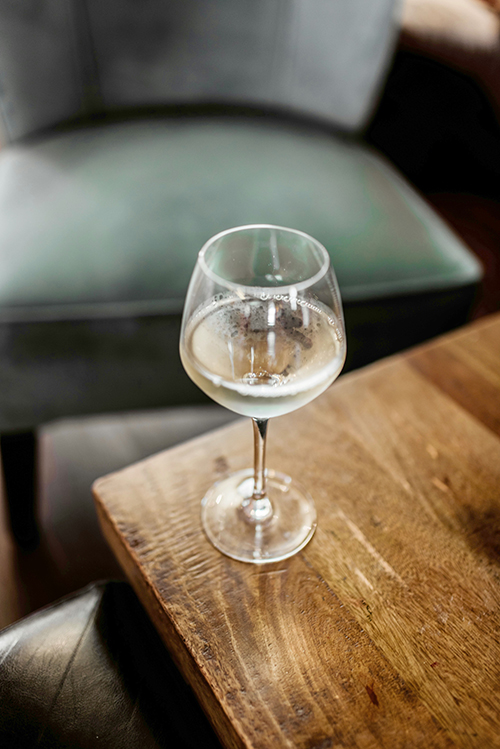
You may have heard of late-harvest wines. These are wines made from grapes that are harvested weeks after other grapes in order to allow the sugar in the grapes to become more concentrated. The result is a sweeter wine. A great example of a late harvest Riesling is the Chateau Ste. Michelle Harvest Select Sweet Riesling from Columbia Valley, Washington. Although the alcohol level is approximately the same at 11%, the residual sugar (RS) is 16%, making this a lovely dessert wine.
To further illustrate how sugar levels are affected by the length of the growing season, let’s look at two Cabernet Sauvignons from two different U.S. wine regions. The Daou Cabernet Sauvignon, one of my favorite Cabs, is from Daou Family Estates, located in the very warm climate of Paso Robles, California, south of Napa and Sonoma. The growing season there is relatively long, allowing the grapes to reach full maturity and maximum sugar levels by harvest. The resulting wine is a delicious, full-bodied Cabernet Sauvignon at 14.5% alcohol. In contrast, Chateau St. Michelle from Columbia Valley, Washington, produces an excellent dry, medium-bodied Cabernet Sauvignon at 13.5% alcohol. Columbia Valley is well north of Daou and has a growing season several weeks shorter than Paso Robles. A few weeks may not seem significant, but in terms of sugar levels, it can be a very big deal. Both wines are dry with approximately 0.9% RS.
The aroma of wines can be quite deceptive when assessing dryness or sweetness. Take, for example, Muscadet wine from the Loire Valley of France. Muscadet Sèvre-et-Maine is the name of the subregion of Loire Valley where this wine is produced. The grape varietal used is Melon de Bourgogne, also known as Melon Blanc. This white wine has the fresh, crisp, light aroma of citrus and white flowers. At first sniff, one would expect it to be relatively sweet. Quite the contrary, though, as this is a bone-dry wine with less than 0.5% RS. However, it lacks the astringent effect that is often associated with dry wine. In wine speak, astringency is the mouthfeel sensation of your tongue, palate, and/or gums “drying out” after contact with the wine. As with the Muscadet, not all dry wines have that astringent effect. Try the Domaine de la Bregeonnette Muscadet to experience an energetic and refreshing dry white wine with great flavor and aroma.
One final note on this subject: As you enjoy your next glass of wine, consider what part of your tongue is stimulated. Sweetness is detected right on the tip of your tongue. Dryness is usually sensed in the middle to back part. Take a sip of a sweeter wine, such as a sweet Riesling or a Moscato d’Asti, followed by a dryer wine like the Muscadet to see if you can feel, as well as taste, the difference. As always, if you have questions or comments, contact me at dsetley@passionvines.com or stop by the Somers Point store. Until next time, happy wining!
David Setley is enjoying his retirement from higher education as a wine educator and certified sommelier at Passion Vines in Somers Point, New Jersey.

